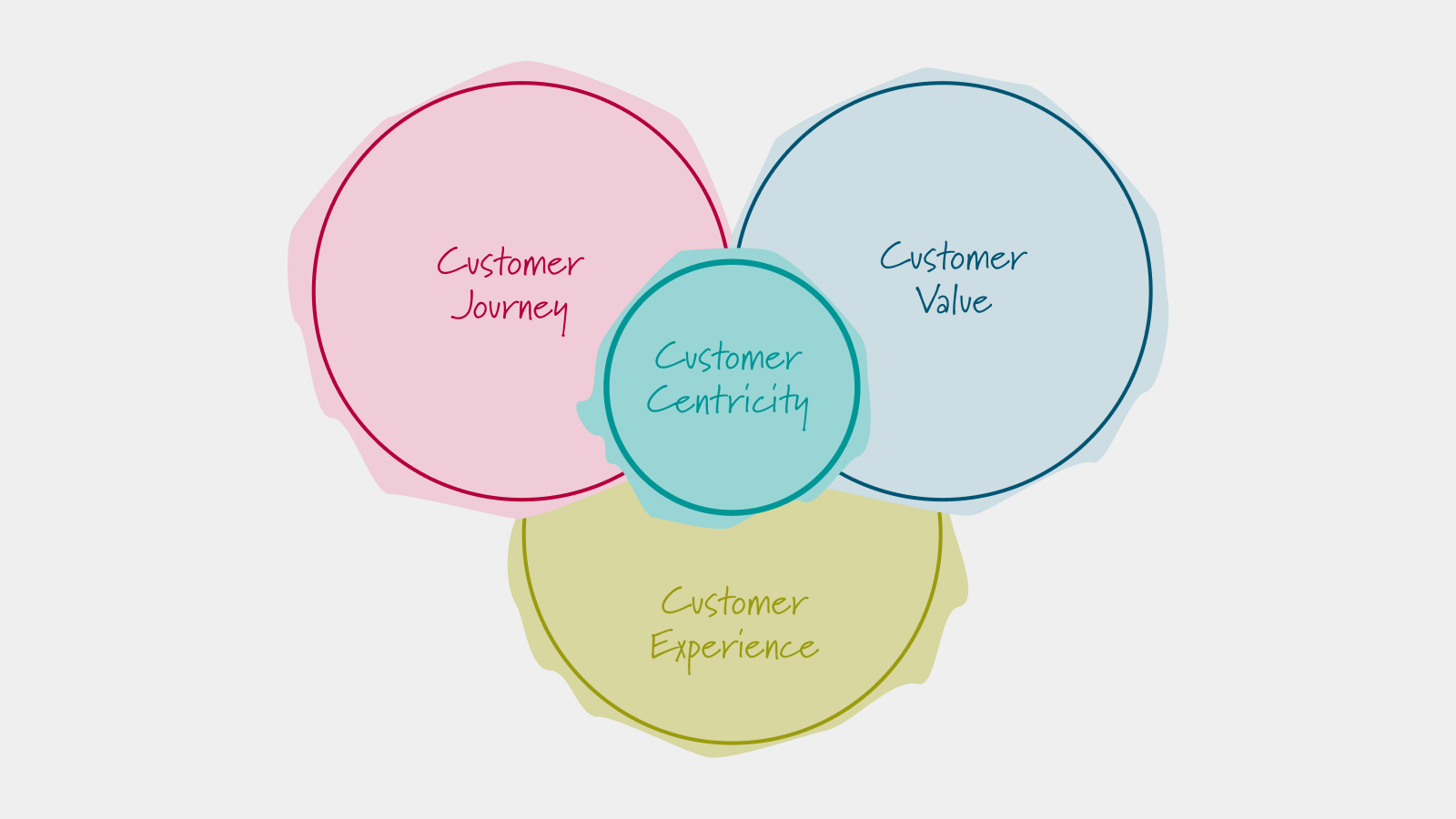
Why Change is Inevitable But Progress is Not
A change is an inevitable factor for the life-cycle of an enterprise.
Regardless of the market an enterprise is operating in, or how successful it has been in the past, change is an inevitable factor in the life-cycle of any enterprise:
- Change is driven by factors within the enterprise itself, such as the wish to reposition the enterprise within a market, or to implement a new business model, to merge with another enterprise, or to expand into a new market,
- Change is driven by factors external to the company, such as market rivalry, disruptive technologies, demographic changes and new government regulations.

These internal and external drivers force enterprises to implement frequent and widespread changes to their business models, their organizations and the technology supporting their business. Depending on how companies react to these drivers, these changes may help them progress, or they may tear them apart: Change is inevitable, progress is not.
Why Does Change Not Always Lead to Progress?
When it comes to transforming enterprises, many different factors have to be considered:
- Enterprises are complex.Even small enterprises are multi-faceted and interconnected with their environment and markets in multitudinous ways.
- The change affects structures and processes.The change affects both processes (such as business processes, internal processes and technological processes) and structures (such as who you do business with, your enterprise's geographical and functional structure, and which systems you work with).
- The change affects different layers of the enterprise.The change affects different layers of your enterprise: your business model (how does the enterprise make money?), your organizational model (what activities do your employees perform to achieve this, in which roles?) and the technological level (what technology does the enterprise use to support its activities?).
- The change affects the hard and the soft.Next to these “hard”, tangible aspects of an enterprise, the even more important “soft” aspects of change need to be considered: enterprises are made and kept alive by us humans, and our emotions often run high when it comes to change.
- Change does not always start at the same spot.Change is not always initiated by top management. Depending on the driver for change and the current situation an enterprise is in, you may see changes at the technological level rippling up through the enterprise giving rise to new business models (e.g. the internet and mobile communication giving rise to new ways of working and doing business), sometimes changes at the business level lead to reorganization and the implementation of new technology to support the business (e.g. the merger of two companies leading to changes in organization and technology).
Taken together, these factors mean that even companies who operate in the same market and offer similar products may react to the same drivers in completely different ways – to make change successful, it is important to know where you are coming from, to be clear about where you are heading, and to have a sound approach to managing the transformation that ensures you get there. Business prototyping supports such an approach.
Workshops
Resources
All Rights Reserved.


